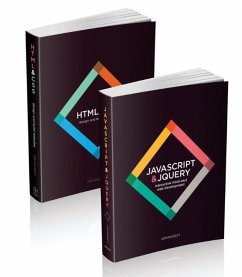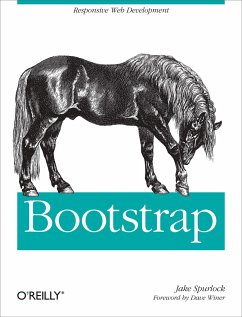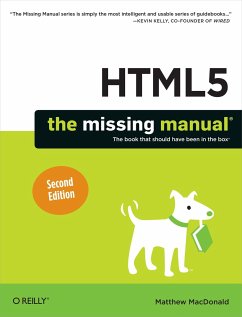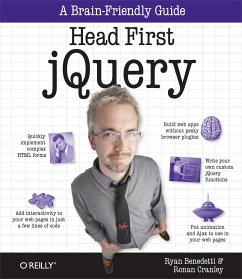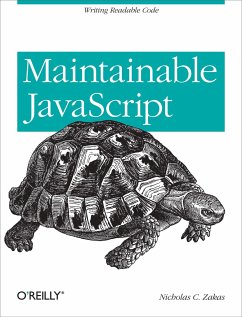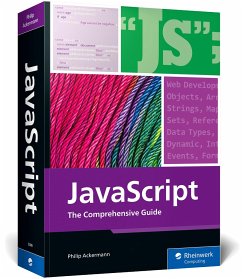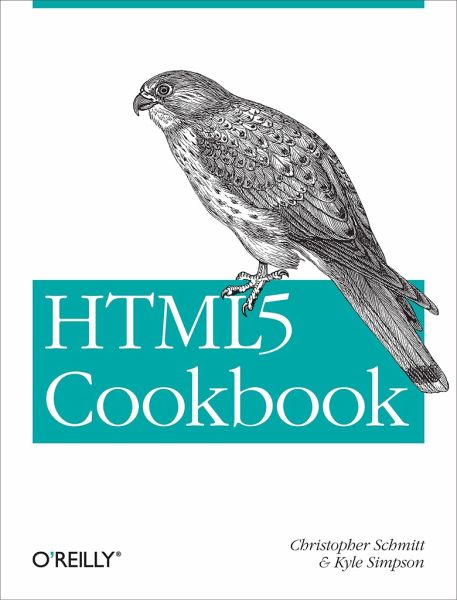
HTML5 Cookbook
Solutions & Examples for HTML5 Developers
Versandkostenfrei!
Versandfertig in über 4 Wochen
25,99 €
inkl. MwSt.
Weitere Ausgaben:

PAYBACK Punkte
13 °P sammeln!
With scores of practical recipes you can use in your projects right away, this cookbook helps you gain hands-on experience with HTML5's versatile collection of elements. You get clear solutions for handling issues with everything from markup semantics, web forms, and audio and video elements to related technologies such as geolocation and rich JavaScript APIs.Each informative recipe includes sample code and a detailed discussion on why and how the solution works. Perfect for intermediate to advanced web and mobile web developers, this handy book lets you choose the HTML5 features that work for...
With scores of practical recipes you can use in your projects right away, this cookbook helps you gain hands-on experience with HTML5's versatile collection of elements. You get clear solutions for handling issues with everything from markup semantics, web forms, and audio and video elements to related technologies such as geolocation and rich JavaScript APIs.
Each informative recipe includes sample code and a detailed discussion on why and how the solution works. Perfect for intermediate to advanced web and mobile web developers, this handy book lets you choose the HTML5 features that work for you - and helps you experiment with the rest. Test browsers for HTML5 support, and use techniques for applying unsupported features Discover how HTML5 makes web form implementation much simpler Overcome challenges for implementing native audio and video elements Learn techniques for using HTML5 with ARIA accessibility guidelines Explore examples that cover using geolocation data in your applications Draw images, use transparencies, add gradients and patterns, and more with Canvas Bring HTML5 features to life with a variety of advanced JavaScript APIs
Each informative recipe includes sample code and a detailed discussion on why and how the solution works. Perfect for intermediate to advanced web and mobile web developers, this handy book lets you choose the HTML5 features that work for you - and helps you experiment with the rest. Test browsers for HTML5 support, and use techniques for applying unsupported features Discover how HTML5 makes web form implementation much simpler Overcome challenges for implementing native audio and video elements Learn techniques for using HTML5 with ARIA accessibility guidelines Explore examples that cover using geolocation data in your applications Draw images, use transparencies, add gradients and patterns, and more with Canvas Bring HTML5 features to life with a variety of advanced JavaScript APIs




